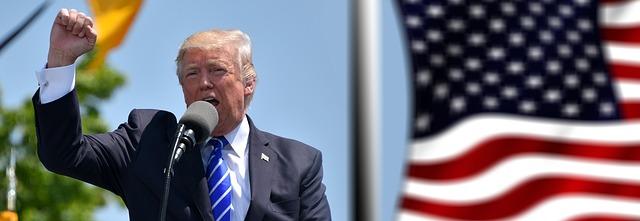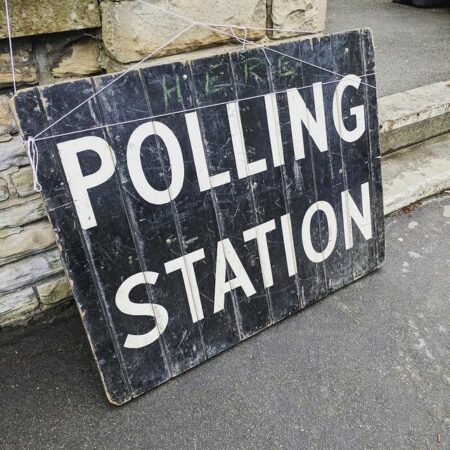Donald Trump’s Controversial Title: The “Execution President” and Its Broader Implications
In recent times, former President Donald Trump has been tagged with a provocative nickname: the “execution president.” This label highlights his administration’s unprecedented use of federal capital punishment, a move that has ignited intense debate across political and ethical spheres. This article delves into the background, consequences, and lasting effects of Trump’s death penalty policies within the wider framework of American justice and political leadership.
Trump’s Administration: A Legacy of Decisive Actions and Polarizing Results
Donald Trump’s presidency was characterized by a bold, often unorthodox approach to governance. His administration frequently bypassed traditional political norms, opting instead for swift, unilateral decisions aimed at disrupting established systems. This approach garnered admiration from supporters who valued his commitment to fulfilling campaign promises, while opponents criticized what they perceived as a reckless disregard for institutional safeguards.
Some of the hallmark initiatives of his tenure include:
- Economic Overhaul: Aggressive deregulation paired with sweeping tax reforms reshaped investment landscapes and corporate behavior.
- Immigration Enforcement: Implementation of stringent border policies and travel restrictions sparked numerous legal challenges and public outcry.
- Foreign Relations Shift: The “America First” doctrine led to renegotiated trade deals and altered diplomatic alliances, producing mixed economic and geopolitical outcomes.
| Policy | Result | Public Reaction |
|---|---|---|
| Tax Cuts and Jobs Act (2017) | Boosted GDP growth but increased federal deficit | Divided opinion: conservatives applauded, liberals criticized |
| Withdrawal from Paris Climate Accord | Diminished U.S. leadership in global climate initiatives | Widespread international condemnation |
| Trade Conflict with China | Market disruptions aimed at protecting domestic industries | Mixed reactions across economic sectors |
Executive Orders: Transforming Policy and Governance
Executive orders have historically been a presidential tool to direct federal agencies without congressional consent. Under Trump, their use intensified dramatically, reshaping policy areas with speed and controversy. From immigration restrictions to environmental rollbacks, these orders became emblematic of his administration’s assertive style, sparking ongoing debates about the separation of powers and executive reach.
Major domains influenced by executive orders during this period include:
- Immigration: Travel bans targeting specific countries and tightened asylum rules redefined immigration enforcement.
- Trade: Imposition of tariffs and renegotiation of trade agreements prioritized national economic interests, often circumventing traditional legislative processes.
- Environmental Policy: Reversals of climate regulations and environmental protections raised concerns about federal responsibility for ecological preservation.
| Policy Area | Noteworthy Executive Order | Consequences |
|---|---|---|
| Immigration | Travel Ban | Restricted entry from select nations, ignited legal disputes |
| Trade | Tariff Enforcement | Escalated trade tensions, prompted renegotiations |
| Environment | EPA Regulation Rollbacks | Weakened standards for air and water quality |
Power Dynamics and Accountability Challenges During Trump’s Presidency
Trump’s leadership style, marked by rapid decision-making and assertiveness, frequently sparked debates over the boundaries of executive power. This dynamic highlighted the ongoing struggle to balance effective governance with democratic accountability. Critics contended that his administration’s frequent bypassing of traditional checks blurred the lines between strong leadership and authoritarian tendencies. Conversely, supporters argued that such decisiveness was essential to overcoming bureaucratic stagnation and fulfilling electoral mandates.
Maintaining responsible governance requires active engagement from all branches of government, the media, and the public. The Trump era underscored that accountability is not solely a matter of legal frameworks but also depends on the administration’s internal culture of transparency and restraint. Key mechanisms that shaped this balance included:
- Judicial Oversight: Courts played a pivotal role in reviewing executive actions for constitutional adherence.
- Legislative Supervision: Congressional inquiries and hearings served as platforms to scrutinize presidential policies.
- Press Vigilance: Investigative journalism exposed potential abuses and informed public discourse.
| Governance Aspect | Trump Administration Practice | Effect on Oversight |
|---|---|---|
| Executive Orders | Extensive use to circumvent legislative gridlock | Increased legal challenges and congressional resistance |
| Transparency | Selective disclosure and restricted media access | Heightened scrutiny from watchdogs and journalists |
| Impeachment Processes | Two impeachments focusing on conduct investigations | Nationwide debate on executive power limits |
Enhancing Oversight Mechanisms for Future Administrations
To strengthen accountability in forthcoming presidencies, establishing autonomous oversight entities with clear, enforceable authority is essential. These organizations should operate free from partisan influence, possess subpoena powers, and be staffed by impartial professionals with demonstrated integrity. Additionally, Congress must revisit and reinforce laws that define executive boundaries to prevent overreach and promote transparency.
Further improvements include mandating real-time public disclosures and expanding protections for whistleblowers, empowering citizens and the media to monitor government actions effectively. Standardizing reporting protocols across federal agencies will also enhance consistency and facilitate analysis. The following table outlines key proposals for oversight reform:
| Oversight Component | Objective | Anticipated Benefit |
|---|---|---|
| Independent Commissions | Shield oversight from political bias | Greater impartiality and credibility |
| Whistleblower Safeguards | Encourage internal reporting of wrongdoing | Timely identification of misconduct |
| Uniform Transparency Reporting | Ensure consistent and accessible data release | Enhanced public confidence and oversight |
| Congressional Oversight Reform | Clarify and enforce executive limits | Stronger system of checks and balances |
Final Thoughts
The epithet “execution president” encapsulates a contentious facet of Donald Trump’s time in office, reflecting his administration’s aggressive stance on capital punishment and broader governance style. Whether interpreted as a testament to firm policymaking or a critique of punitive excess, this label invites a nuanced exploration of its implications for American political and judicial systems. As the nation continues to assess Trump’s complex legacy, ongoing dialogue and critical analysis remain vital to understanding the enduring effects of his presidency.













